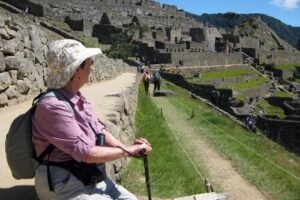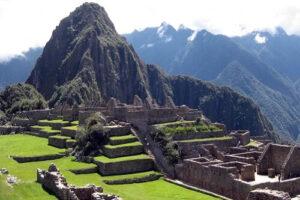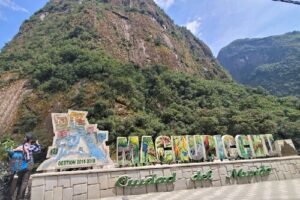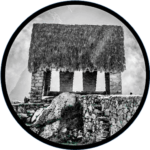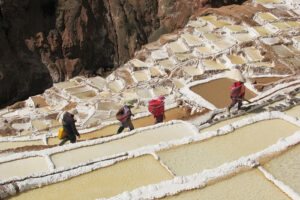Hidden amidst the lush cloud forests of the Peruvian Andes, Machu Picchu stands as one of the most iconic and awe-inspiring archaeological sites in the world. Often referred to as the “Lost City of the Incas,” this ancient citadel continues to captivate the imagination of travelers and historians alike.
A Glimpse into History
Machu Picchu was built in the 15th century during the reign of the Inca emperor Pachacuti. The site, believed to have been a royal estate or a sacred religious site, was abandoned during the Spanish Conquest and remained unknown to the outside world until its rediscovery by American historian Hiram Bingham in 1911.
Architectural Marvel
The ingenuity of Inca engineering is evident throughout Machu Picchu. The site is divided into agricultural, residential, and ceremonial sections, each meticulously planned and constructed. The agricultural terraces, which cascade down the steep mountainsides, showcase the Incas’ sophisticated farming techniques and their ability to adapt to challenging environments.
The city is renowned for its intricate stonework, with structures built from precisely cut granite stones that fit together without mortar. Key highlights include the Temple of the Sun, the Intihuatana stone (a ritual stone associated with astronomical observations), and the Room of the Three Windows, all of which reflect the Incas’ advanced understanding of astronomy and their deep spiritual connection to the natural world.
The Journey
Reaching Machu Picchu is an adventure in itself. The most popular route is the classic Inca Trail, a four-day trek through diverse landscapes, including high mountain passes, dense forests, and ancient Inca ruins. For those seeking a less strenuous journey, a train ride from Cusco to the town of Aguas Calientes, followed by a short bus ride, offers a more accessible route.
Preservation and Tourism
Recognized as a UNESCO World Heritage Site, Machu Picchu is a symbol of cultural heritage and a significant contributor to Peru’s tourism industry. Efforts to preserve the site and manage the impact of tourism are ongoing, ensuring that future generations can continue to marvel at this incredible testament to Inca civilization.
Conclusion
Machu Picchu is more than just an archaeological site; it is a journey through time, offering a profound connection to the ingenuity, spirituality, and resilience of the Inca people. Whether you are drawn by its historical significance, its architectural brilliance, or its breathtaking natural beauty, a visit to Machu Picchu is an experience that will stay with you forever.
Frequestly asked questions:
Q: When is the best time to visit Machu Picchu?
A: The best time to visit Machu Picchu is during the dry season, which runs from May to September. June, July, and August are the most popular months due to favorable weather conditions.
Q: How do I get to Machu Picchu?
A: You can reach Machu Picchu by hiking the Inca Trail, which typically takes four days, or by taking a train from Cusco to Aguas Calientes, followed by a short bus ride to the site.
Q: Do I need a guide to visit Machu Picchu?
A: While it’s not mandatory to have a guide, it is highly recommended. Guides provide valuable insights into the history, culture, and significance of the site, enhancing your overall experience.
Q: What should I bring with me to Machu Picchu?
A: Essential items include comfortable walking shoes, a hat, sunscreen, insect repellent, a reusable water bottle, and a rain jacket. If hiking the Inca Trail, additional gear such as a sleeping bag and trekking poles are recommended.
Q: Are there any restrictions at Machu Picchu?
A: Yes, there are several restrictions to help preserve the site. These include limitations on the number of visitors per day, restricted areas within the site, and guidelines on behavior to prevent damage to the ruins.
Related tours
